Fundraiser letter template
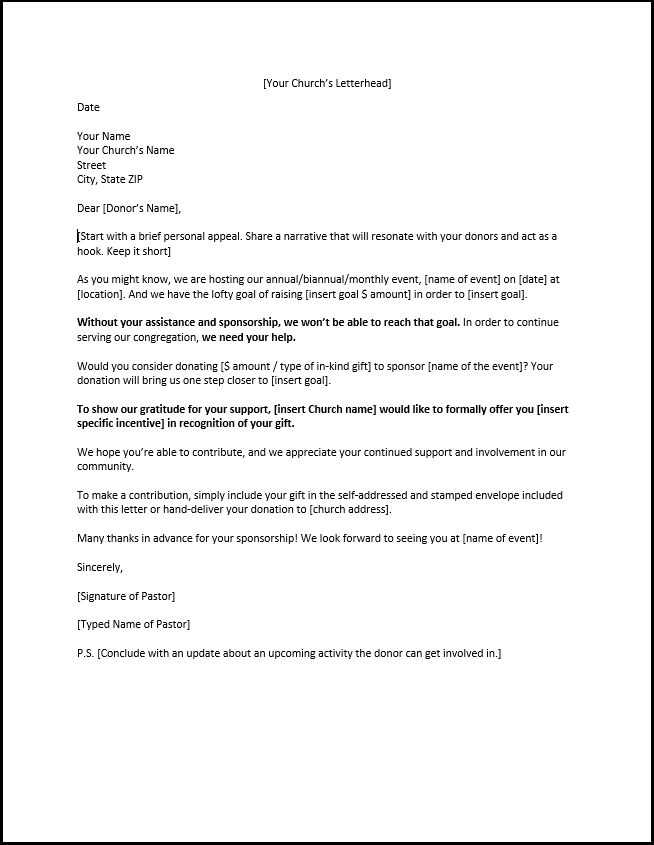
Creating a successful fundraiser letter starts with clear and direct communication. Address your audience with a personal touch and state your goal from the beginning. A strong introduction should grab attention, explaining why the cause matters and what you hope to achieve with their support.
Provide specific details about the cause, whether it’s for a school project, medical expenses, or community event. Make the recipient feel the urgency and relevance of the need, and clearly explain how their contribution will make a difference.
Offer options for how to donate, whether through online platforms, checks, or other methods. Transparency in how funds will be used builds trust. Close the letter with a call to action, inviting them to contribute and reinforcing how their involvement matters. A well-written, direct letter will motivate your audience to take action.
Fundraiser Letter Template
Begin your letter with a personalized greeting to the recipient. Make sure to address them by name, as this shows you value their support. For example, “Dear [Recipient’s Name],”.
Introduce your cause clearly and briefly. State what the fundraiser is for, how it aligns with your organization’s mission, and why the cause matters now. Be direct and avoid long explanations.
Explain how the recipient can contribute. Whether it’s through a one-time donation, recurring support, or another form of help, be specific about the amount or type of contribution needed. Provide clear instructions on how to donate, including any relevant links or contact details.
Show gratitude and recognition for their potential involvement. Acknowledge any past support they may have provided, and express your appreciation in advance. A line like, “Your support would mean a great deal to us and make a significant difference in our work,” can work well.
Conclude with a call to action, reinforcing the importance of their contribution. A short, direct closing line like, “Together, we can make a lasting impact,” encourages a sense of urgency and collaboration.
End the letter with a polite sign-off, such as “Sincerely,” followed by your name and title, along with the organization’s contact details for further communication.
Personalizing Your Fundraising Appeal: How to Connect with Your Audience
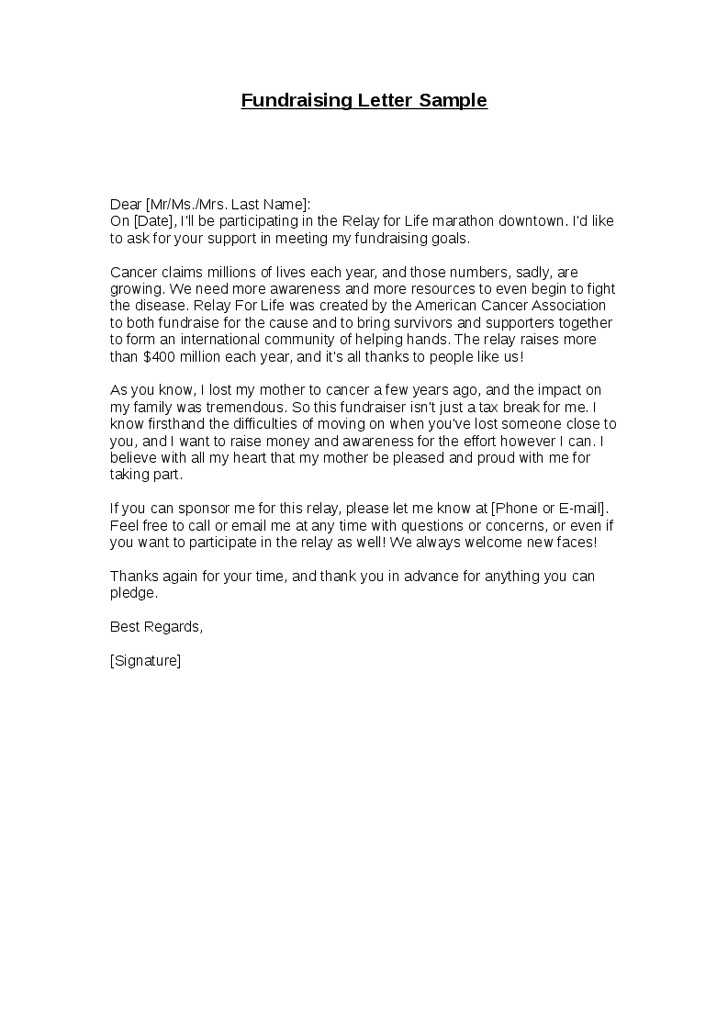
Address your audience directly using their names whenever possible. Personalization makes your message more engaging and shows you recognize each donor as an individual. Mention specifics about their past contributions or involvement, if applicable. This creates a sense of connection and gratitude.
Tailor your appeal to reflect the interests and values of your audience. If you are fundraising for a cause related to education, highlight how their support will directly impact students’ lives. For a medical cause, share a personal story from a beneficiary to humanize the appeal. Showing how their contribution can make a tangible difference resonates more than general statements.
Incorporate a conversational tone. Avoid jargon or overly formal language, which can create distance. Instead, speak as if you are sharing something important with a friend. A relatable approach increases the likelihood that your message will be read and responded to.
Provide clear and easy options for engagement. Donors should feel they can take immediate action. A simple call-to-action, like “Donate now” or “Join our mission,” encourages quick responses. Make sure the donation process is straightforward and accessible, minimizing barriers to giving.
Show empathy and understanding in your message. Acknowledge the challenges your audience may face and express gratitude for their consideration, regardless of whether they can donate at that time. This helps build long-term relationships and encourages future support.
Explaining the Cause: What Information to Include About Your Project

Clearly describe the purpose of your project. Focus on its goals, the impact it will have, and who will benefit from the funding. Be transparent about how the funds will be used. Don’t just state what you need–show why it matters. Include specific outcomes, whether it’s providing services, creating opportunities, or solving a problem.
Project Background
Provide a brief overview of the history of the cause. This section should highlight the issues your project addresses and how it came to be. Share any key milestones, achievements, or research that has led to the current project phase.
Project Goals and Outcomes
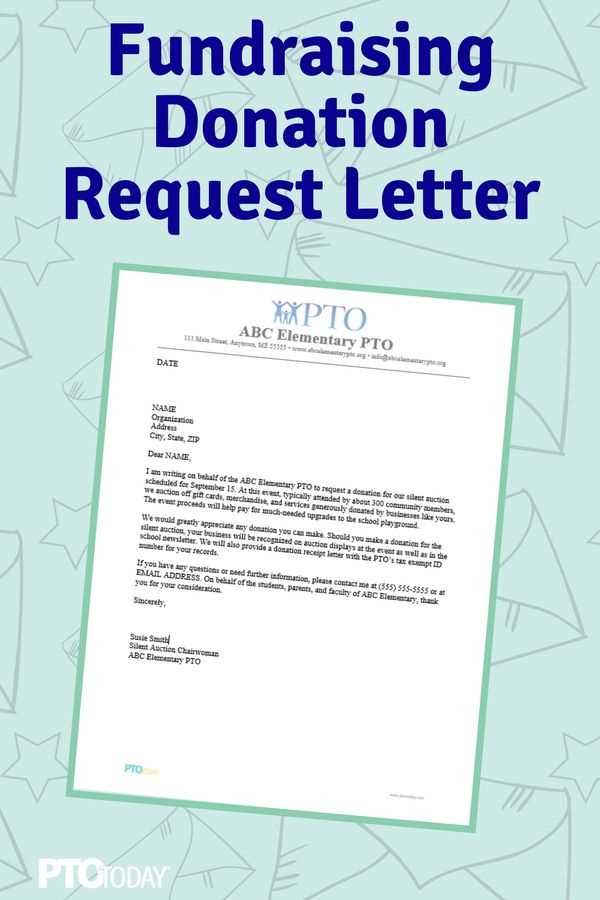
Describe the concrete objectives of your project. Specify measurable targets and what success looks like. Be clear about the timeline for reaching these goals and how you will track progress. The more specific you are, the easier it will be for donors to understand the impact their contribution will have.
| Goal | Expected Outcome | Timeline |
|---|---|---|
| Raise $10,000 | Support operational costs and development | 3 months |
| Provide 500 meals | Feed families in need | 2 months |
How to Set a Goal: Defining Clear Financial Targets for Your Fundraiser
Break your financial target into smaller, realistic milestones. Start by identifying the total amount needed, then assess how much you can reasonably expect from each donor or event. This way, you’ll avoid setting an unachievable target that could discourage potential contributors.
Consider the following steps to make your financial target clear and achievable:
- Assess your fundraising needs: Calculate your total goal by accounting for all expenses, including materials, venue costs, and any other overheads.
- Understand your audience: Identify your potential donor pool and how much they can realistically contribute. Tailor your goal based on their capacity.
- Set a realistic timeline: Break down your target into monthly or weekly goals. This helps track progress and keeps the momentum going.
- Align with your fundraising activities: Match the financial target to the events or activities you’re organizing. For example, if you’re hosting a gala, set a target for ticket sales, silent auctions, or donations during the event.
- Factor in potential setbacks: Build a small buffer into your target to accommodate any unanticipated challenges or delays.
By following these guidelines, you can set clear, attainable financial goals that will drive your fundraising efforts and inspire confidence among donors.
Choosing a Call to Action: Encouraging Immediate Support from Donors
Set a clear and direct call to action (CTA) that motivates donors to act right away. Donors should understand exactly what steps they need to take to contribute. Avoid confusion by simplifying the process and presenting clear instructions.
Make the Action Simple
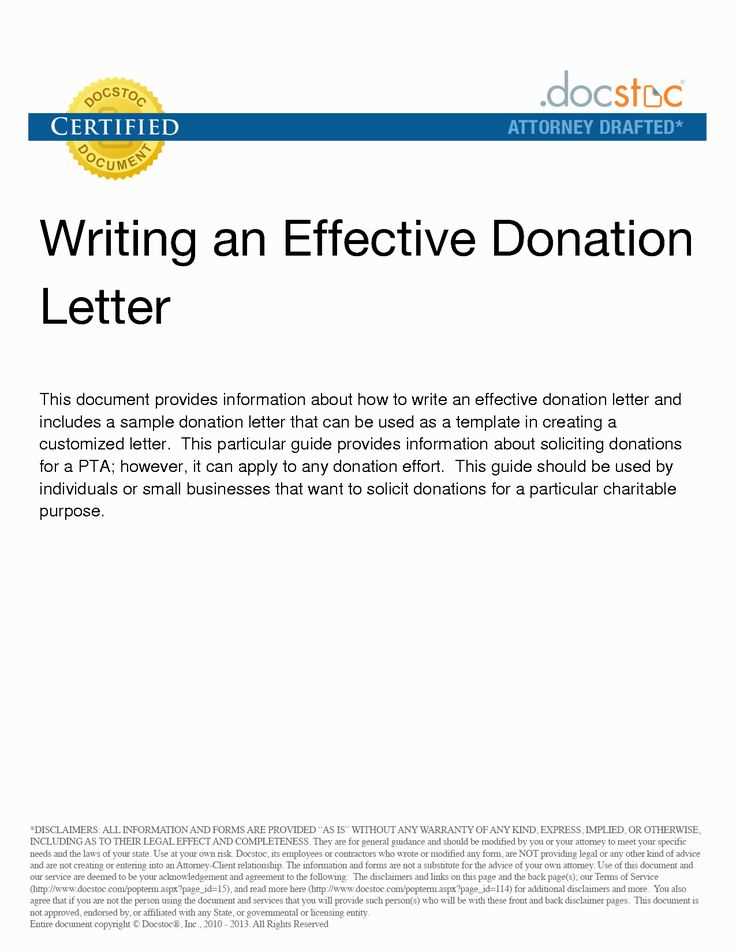
- Use action-oriented language, like “Donate Now,” “Support Us Today,” or “Help Fund Our Project.”
- Provide a straightforward donation link or button that’s easy to find on your letter or webpage.
Create Urgency
- Incorporate limited-time offers or matching fund opportunities, e.g., “Your donation will be doubled if you give before the end of the week!”
- Highlight the immediate impact a donation will have, such as, “Your $50 will provide 100 meals to those in need today.”
Combine these strategies with personalized messaging to make each donor feel like their support is crucial at this very moment. Encourage swift action by making the process as seamless and rewarding as possible.
Closing the Fundraising Letter: How to Thank and Motivate Donors
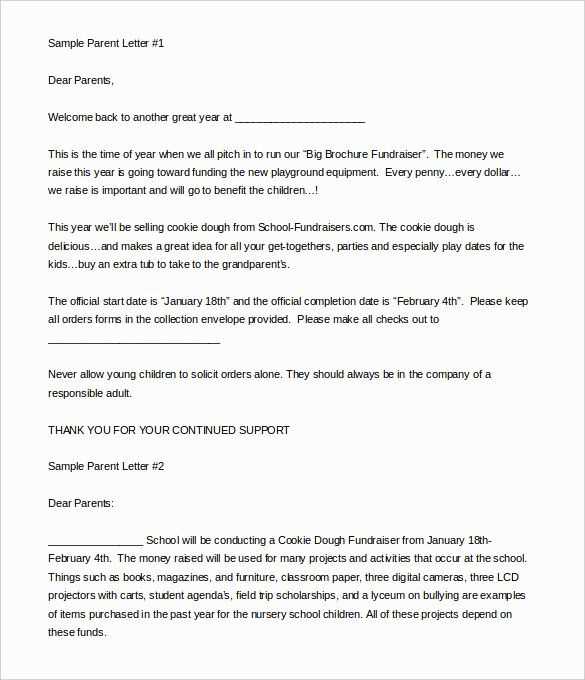
Conclude your fundraising letter with a heartfelt message that shows genuine gratitude. Thank your donors for their support and the difference their contributions make. Acknowledge their generosity and highlight how their donation will create an impact.
Personalize Your Appreciation
Use the donor’s name when possible. A personal touch strengthens the connection and makes them feel valued. Thank them specifically for what they’ve done, whether it’s a financial contribution or a different form of support. Acknowledging the donor’s individual role in your cause fosters a sense of ownership and pride.
Encourage Continued Involvement
Inspire your donors by sharing the next steps. Mention upcoming events, opportunities to stay involved, or how they can continue to make a difference. Keep the momentum going and let them know their support has lasting value.
Finish with a warm and optimistic closing that invites future engagement. A brief, sincere statement such as “We’re excited for what we can accomplish together” will motivate them to stay engaged and involved.